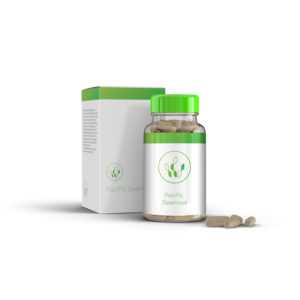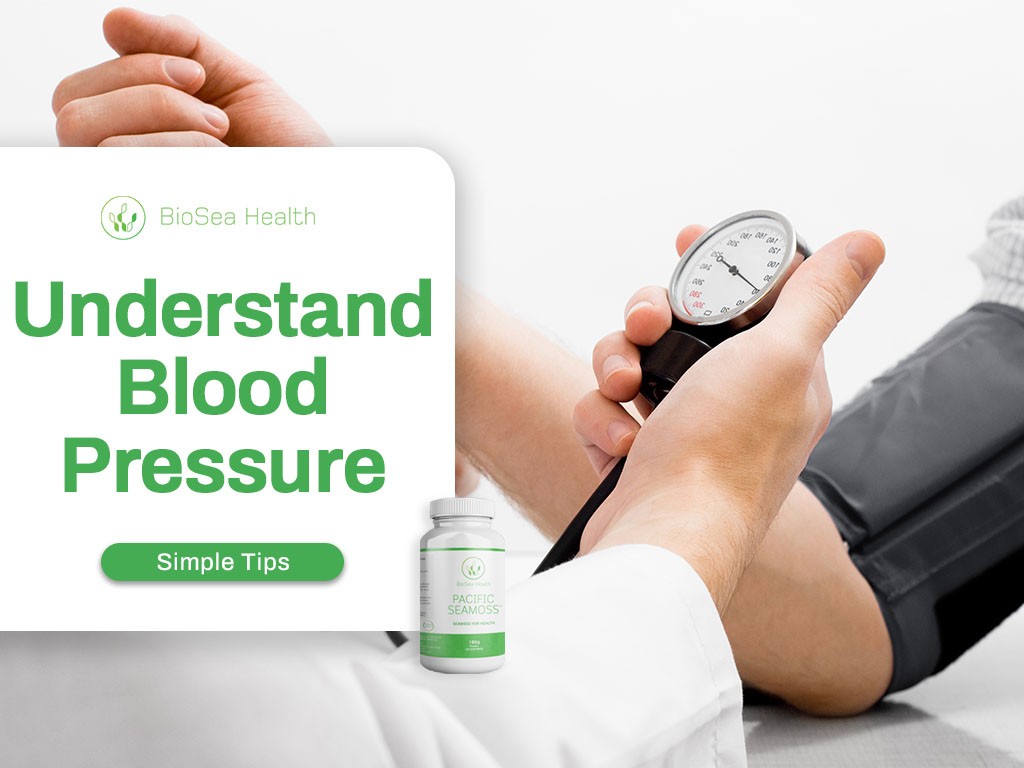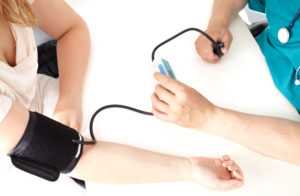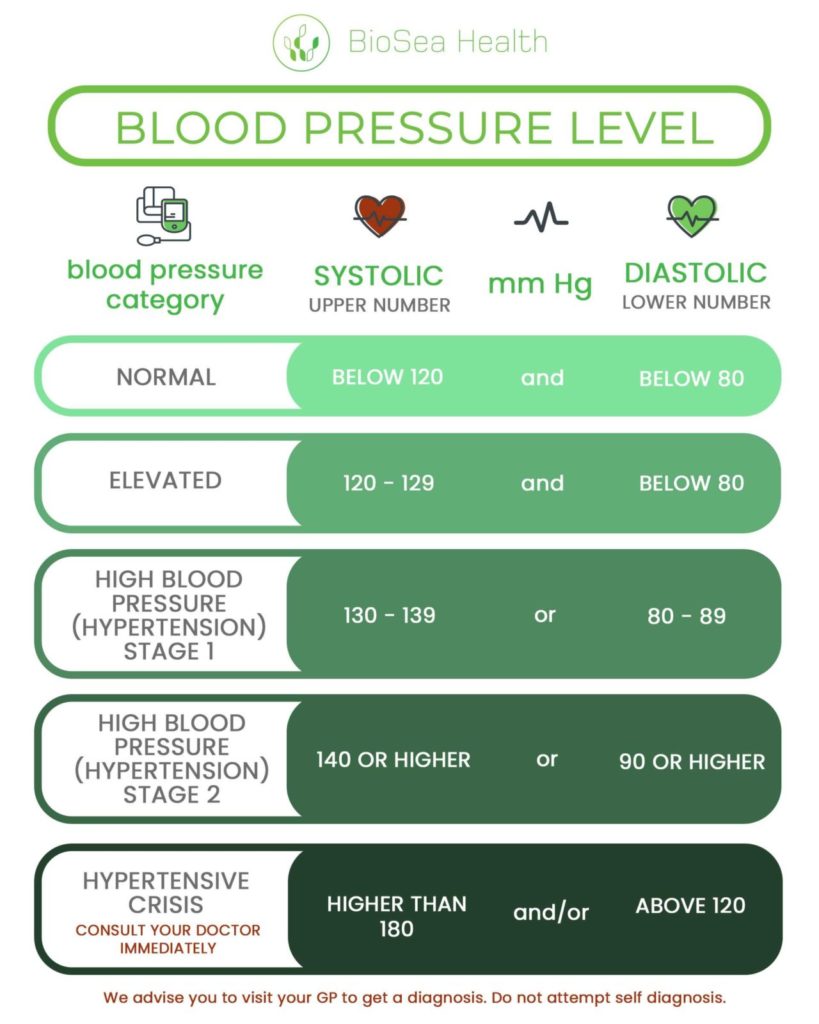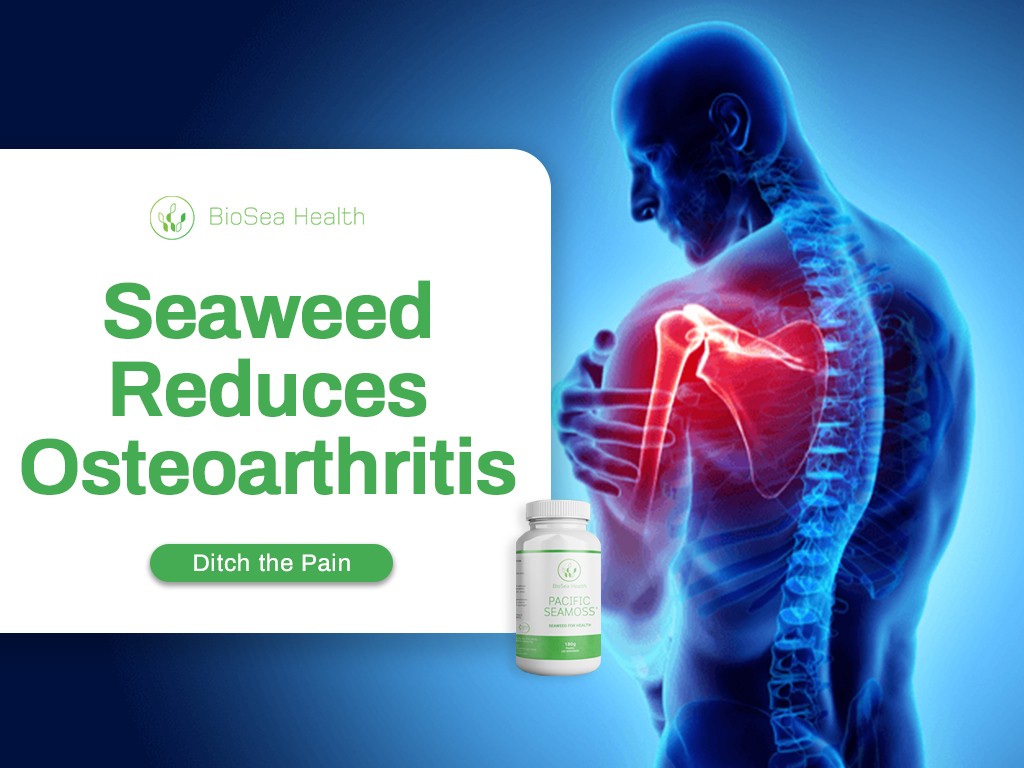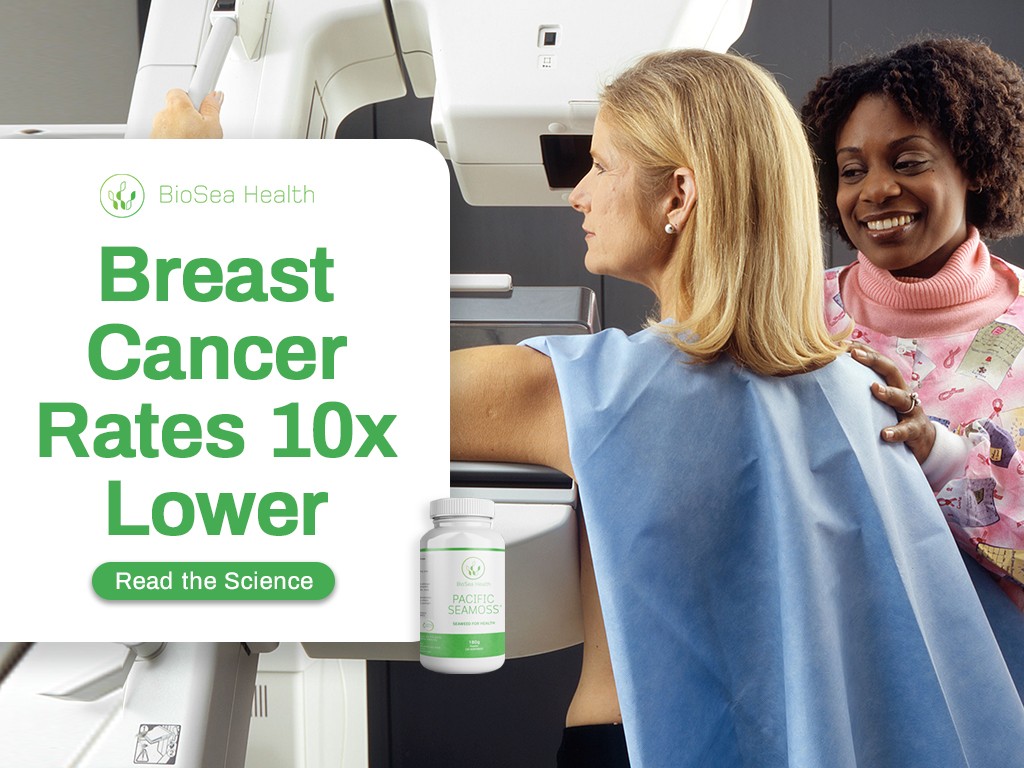Healthy Seaweed Snacks of Seaweed
How Pacific Sea Moss© provides a quick and convenient way for you to get everything you need from seaweed.
Seaweeds have amazing health benefits. They are a rich source of vitamins, amino acids, and minerals. These nutrients have antioxidant properties that help reduce the risk of chronic diseases such as diabetes and cancer. Pacific Sea Moss© has high fiber content and is low in calories and can help in weight management.
Seaweeds absorb trace nutrients from the seabed that are not available on land, therefore, they are richer in nutrients than land-grown fruits vegetables. As people start understanding and appreciating the immense health benefits of seaweeds, it has become a super-food that is now being incorporated in many types of food products, drinks, pharmaceuticals, and cosmetics.
Benefits of eating healthy seaweed snacks?
Every once in a while we tend to feel hungry in between our main meals. This is a normal feeling that can be an effective way of staying healthy and managing your weight. Healthy snacking is important because it helps you maintain your blood sugar levels. Healthy snacking also helps in preventing overeating and consequently helps you to maintain your weight. The choice of your snacks is important because they can also help in boosting your body with the right nutrients for your body. Seaweed snacks have gained great popularity due to their high quality and health benefits.
BE CAREFUL OF “HEALTHY” SNACKS

SEAWEED SNACKS MAY HAVE HIGH LEVELS OF NA AND FAT

Six + One ways of consuming seaweed
Seaweed snacks are an excellent option of providing our bodies with the health benefits of healthy snacking. BioSea Health provides seaweed as a simple way to consume food and manufactures healthy snacking options that provide our bodies with the desired nutrients.
Here are some ways of seaweed snacking:
- Seaweeds can be added to crackers to manufacture a low sodium but still salty snack that is packed with more nutrients and lower calories.
- Seaweeds can also be incorporated with noodles to make a healthy snack that is rich in fiber and gluten-free. This snack is also low in carbohydrates and high in omega-3 fatty acids, that are great for cognitive health and may help in improving memory.
- Seaweeds can also be added to juice, smoothies or yogurt. With the right blend of the extra ingredients, the taste of seaweed is barely noticeable and can be blended with bananas, spinach, coconuts, and avocados to make a very healthy smoothie. Addition of the salty seaweed flavor helps in bringing out the sweet flavors of the other ingredients.
- You can crumble dried seaweeds and add it to your toast. It can then be used to make healthy tea sandwiches and when taken they will pack your body with nutrients.
- If you want to regulate your salt intake you can substitute salt with seaweed granules that will boost your iodine take and keep you healthy.
- Dried seaweed can also be added to popcorn providing extra proteins and vitamins with the added signature salty taste of seaweeds.
Best Of All – The Seventh Option
You can easily take Pacific Sea Moss© capsules to get all the seaweed you need in a convenient form. When you take about 5 grams of dry seaweed (about a whole bowl of wet seaweed) in the form of 6 – 8 capsules, the seaweed has been shown to get through your stomach into your intestines. People who have taken the seaweed say it makes them feel full. There are some 32 hormones responsible for appetite, and a “full stomach” is the increase in leptin and other hormones released in the upper intestine. This process of counteracting the “feeling hungry” hormones with “I’m feeling full” or satiety hormones is the continual hormonal response to eating food. In clinical trials, people reported feeling full. Those who consume Pacific Sea Moss© report similar observations.
Pop 6-8 Pacific Sea Moss© capsules at the start of the day to get all the health benefits of seaweed in a convenient form.
“Seaweed – all the weed you will ever need.”
You might like these articles:

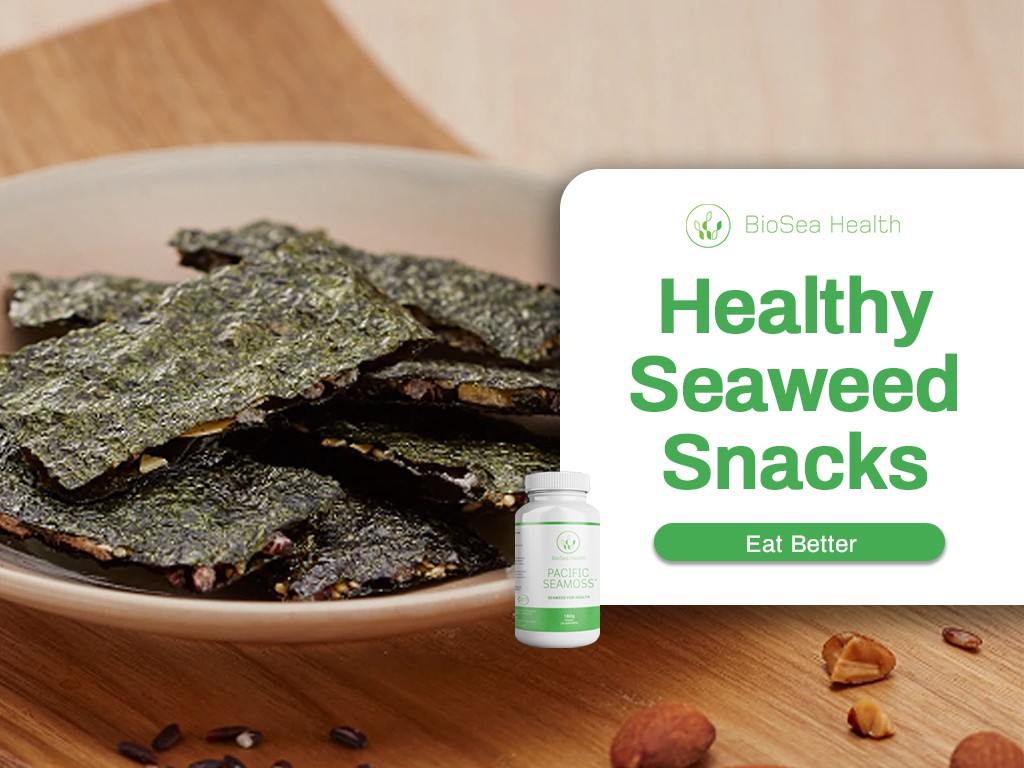
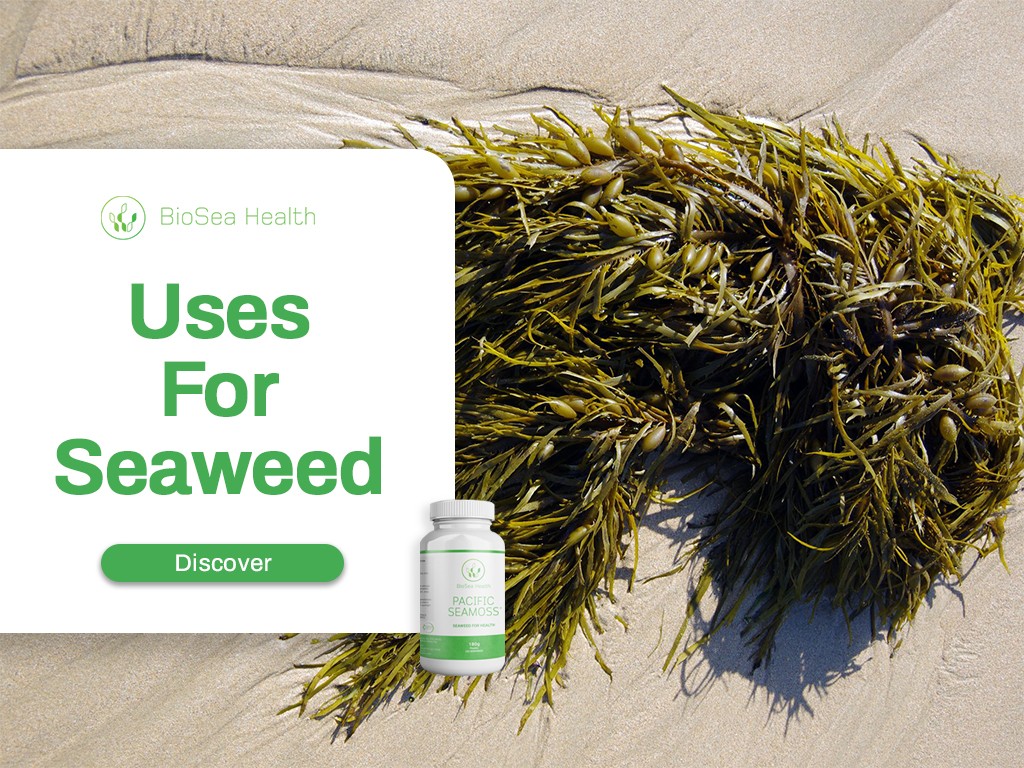
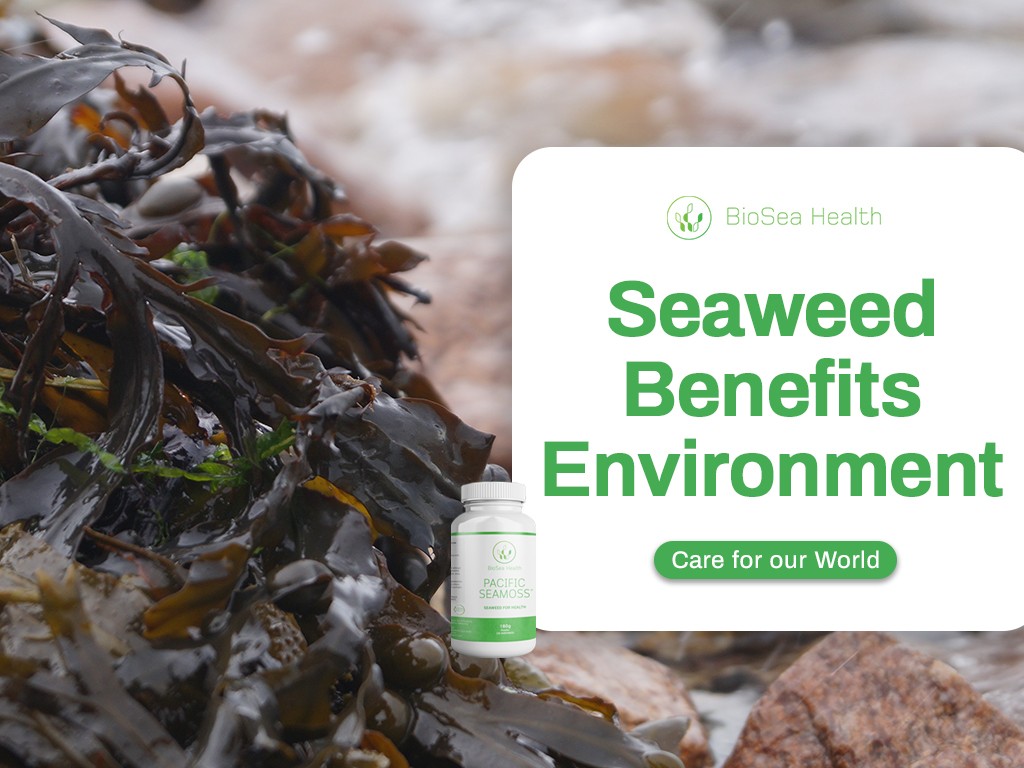
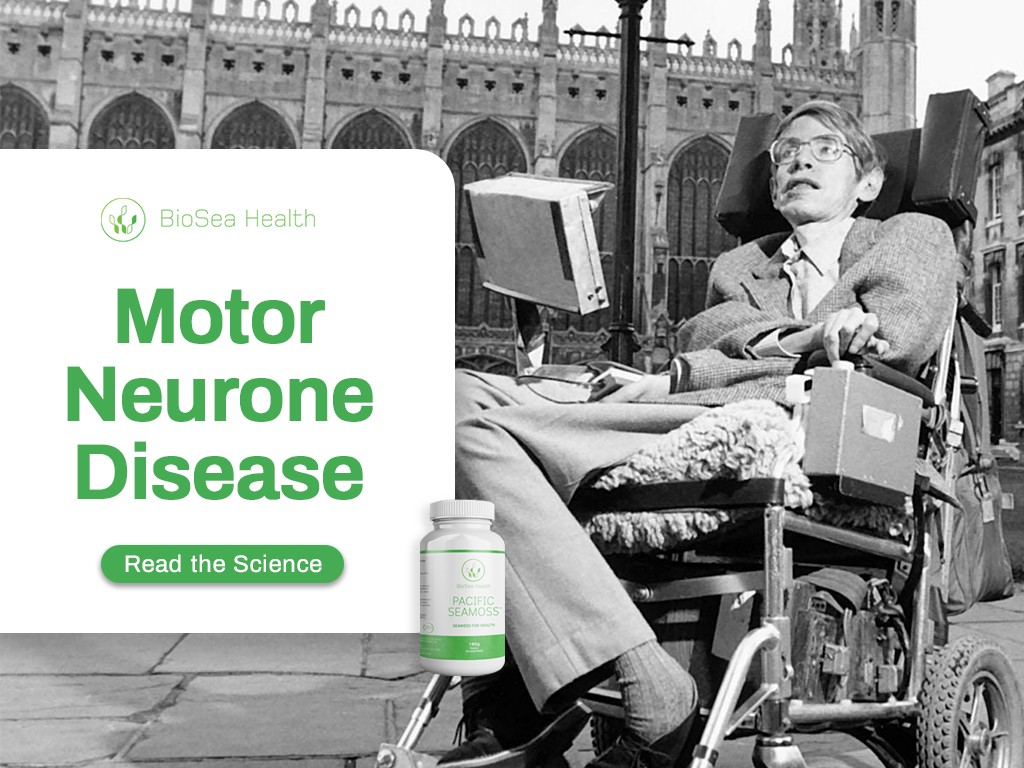
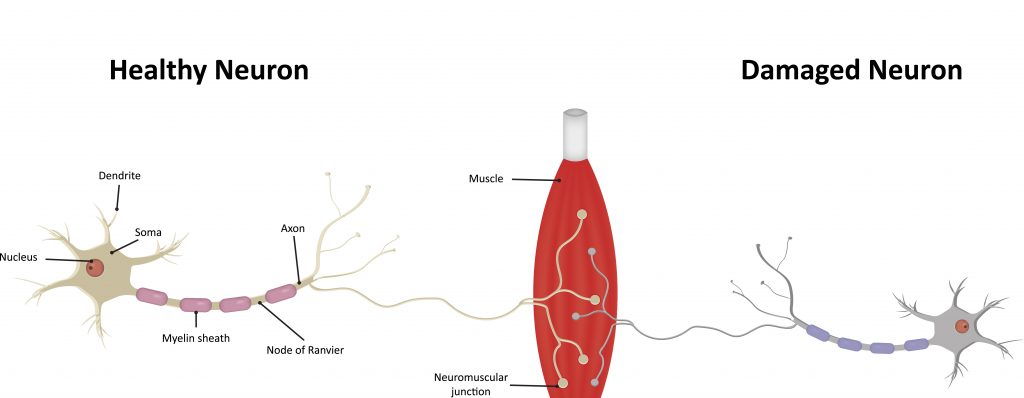 When motor neurons are destroyed, the
When motor neurons are destroyed, the 